Glycyrrhizic acid
Synonym(s):3-O-(2-O-β-D -Glucopyranuronosyl-α-D -glucopyranuronosyl)-18β-glycyrrhetinic acid;GL;Glycyrrhetinic acid glycoside;Glycyrrhizic acid;Glycyrrhizinic acid
- CAS NO.:1405-86-3
- Empirical Formula: C42H62O16
- Molecular Weight: 822.94
- MDL number: MFCD00065194
- EINECS: 215-785-7
- SAFETY DATA SHEET (SDS)
- Update Date: 2024-05-18 08:51:57

What is Glycyrrhizic acid?
Absorption
Glycyrrhizic acid is mainly absorbed after presystemic hydrolysis and formation of glycyrrhetinic acid. Therefore, after oral administration of a dose of 100 mg of glycyrrhizic acid, this major metabolite appears in plasma in a concentration of 200 ng/ml while glycyrrhizic acid cannot be found. The finding of a minimal amount of glycyrrhizic acid in urine suggests the existence of a partial absorption in the gastrointestinal tract.
Toxicity
Glycyrrhizic acid is thought to generate inhibition of 11-beta-hydroxysteroid dehydrogenase in the kidney which leads to elevated cortisol levels in the kidney. Intravenous administration of the ammoniated form was shown to produce convulsions and hemolysis.
Preclinical overdose studies have been shown to produce mineralocorticoid excess. The LD50 in preclinical studies was reported to be in the range of 308-12700 mg/kg.
Glycyrrhizic acid has been proven to not have mutagenic, genotoxic, teratogenic nor carcinogenic effects.
The Uses of Glycyrrhizic acid
Glycyrrhizic acid is a triterpene saponin used in the traditional Chinese medicinal preparation for its anti-inflammatory , antiulcerous and antiallergic effects.
Background
Glycyrrhizic acid is extracted from the root of the licorice plant; Glycyrrhiza glabra. It is a triterpene glycoside with glycyrrhetinic acid that possesses a wide range of pharmacological and biological activities. When extracted from the plant, it can be obtained in the form of ammonium glycyrrhizin and mono-ammonium glycyrrhizin. Glycyrrhizic acid has been developed in Japan and China as a hepatoprotective drug in cases of chronic hepatitis. From January 2014, glycyrrhizic acid as part of the licorice extract was approved by the FDA as an existing food sweetener. It was approved by Health Canada to be used in over-the-counter products but all the products are currently on the status canceled post marketed.
Indications
Glycyrrhizic acid is widely applied in foods as a natural sweetener. As a therapeutic agent, is has been used in a vast variety of formulations as it is reported to be anti-inflammatory, anti-ulcer, anti-allergic, antioxidant, anti-tumor, anti-diabetic and hepatoprotective. Due to this properties, its indications have been: treatment of premenstrual syndrome, treatment of viral infections, anti-lipidemic and antihyperglycemic. It is also known to be used as a remedy for peptic ulcer and other stomach diseases.
What are the applications of Application
Glycyrrhizic acid is a triterpene saponin
Pharmacokinetics
Glycyrrhizic acid was reported to present antiallergic, antiviral and anti-inflammatory activities as well as improvements in glucose tolerance.
The effect of glycyrrhizic acid in metabolic syndrome generates a significant decrease in blood glucose, fasting blood glucose and mean serum insulin concentration.
Metabolism
When orally administered, glycyrrhizic acid is almost completely hydrolyzed by intestinal bacteria for the formation of glycyrrhetinic acid, which is an active metabolite and can enter systemic circulation, and two molecules of glucuronic acid. This metabolite is transported and taken in the liver for its metabolization to form glucuronide and sulfate conjugates.
Properties of Glycyrrhizic acid
| Melting point: | 220°C (rough estimate) |
| Boiling point: | 681.01°C (rough estimate) |
| Density | 1.1442 (rough estimate) |
| storage temp. | under inert gas (nitrogen or Argon) at 2-8°C |
| solubility | DMSO (Slightly), Ethanol (Slightly), Methanol (Sparingly), Pyridine (Slightly) |
| form | Solid |
| color | White to Light Yellow |
Safety information for Glycyrrhizic acid
Computed Descriptors for Glycyrrhizic acid
| InChIKey | BXFBITNYMHAJGT-KYXJNIQISA-N |
Abamectin manufacturer
Phytotech Extract Pvt Ltd
New Products
3-N-BOC-(S)-AMINO BUTYRONITRILE 4-Piperidinopiperidine 2-Methyl-4-nitrobenzoic acid 2-(4-bromophenyl)-2-methylpropanoic acid 4-Acetyl-2-methylbenzoicacid Acetyl-meldrum's acid Ethyl-4-Pyrazole carboxylate 2,6 Di acetylpyridine 2,6-Pyridinedimethanol 5,7-Dichloro-3H-Imidazo[4,5-B]Pyridine 5-Bromo-2-Methoxy-4-Methyl-3-Nitropyridine 2-Fluoro-5-Iodopyridine 2-Fluoro-5-Methylpyridine 2-Chloro-3-Bromo-5-Amiopyridine METHYL-4-(BUTYRYLAMINO)3-METHYL-5-NITROBENZOATE TRANS-CYCLOBUTANE-1,2- DICARBOXYLIC ACID 5-Nitro indazole R-(-)-5-(2-AMINO-PROPYL)-2-METHOXY-BENZENESULFONAMIDE 1,3-cyclohexanedione 4-Aminophenaethylalchol (S)-(+)-4-BENZYL-2-OXAZOLIDINONE 3-NITRO-5-ACETYL IMINODIBENZYL 4-FLUORO PHENYL MAGNESIUM BROMIDE 1.0 M IN THF 1-HYDROXY-4-METHYL6-(2,4,4-TRI METHYL PHENYL)-2-PYRIDONE MONO ETHANOL AMINE(PIROCTONE OLAMINE)Related products of tetrahydrofuran
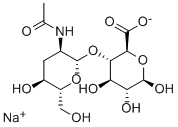
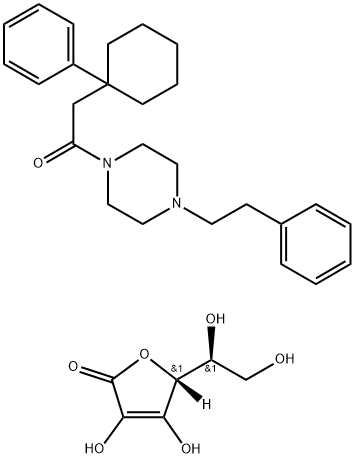
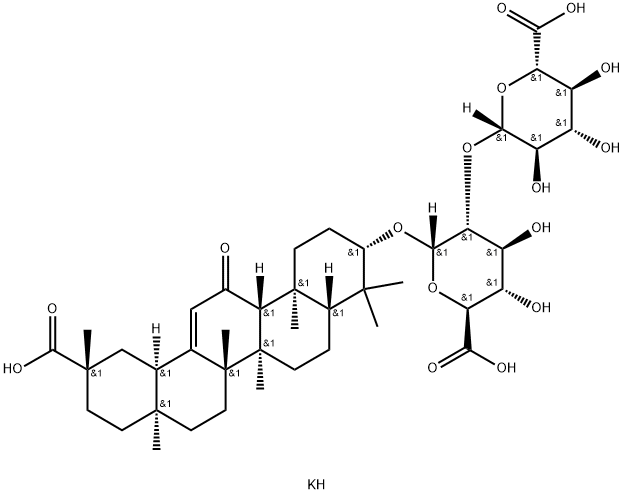

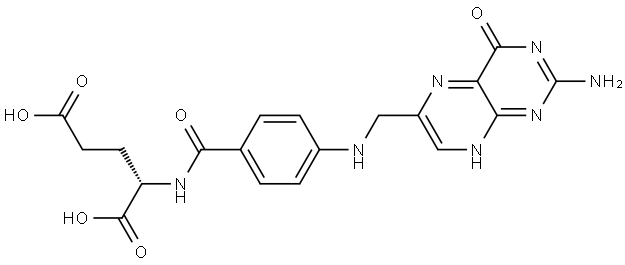

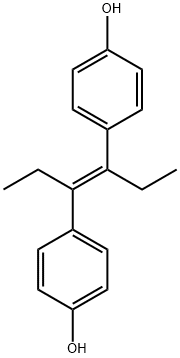
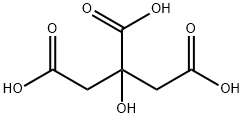
You may like
-
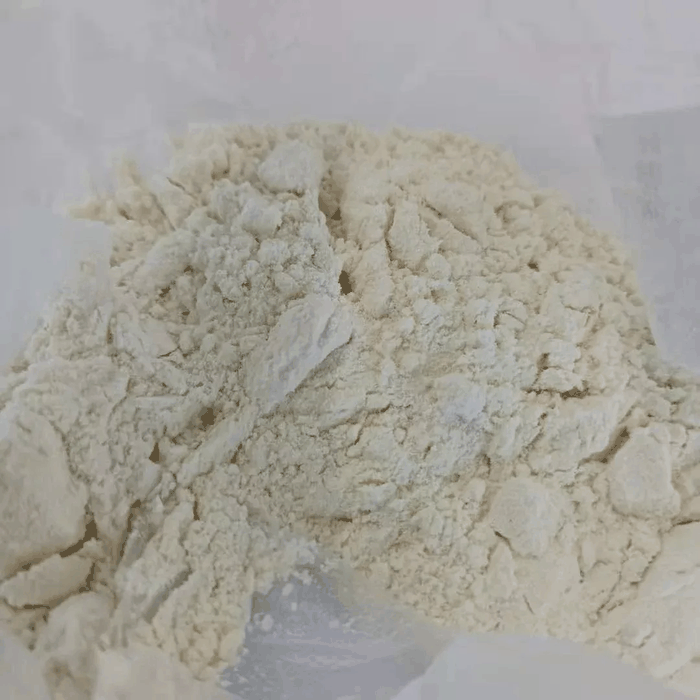 1405-86-3 Glycyrrhizic acid 99%View Details
1405-86-3 Glycyrrhizic acid 99%View Details
1405-86-3 -
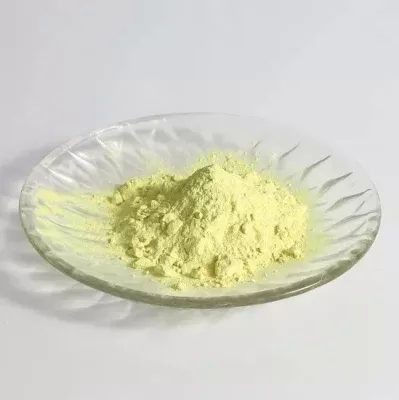 1405-86-3 98%View Details
1405-86-3 98%View Details
1405-86-3 -
 2,3 Dichloro-4-Hydroxy Aniline 39183-17-0 99%View Details
2,3 Dichloro-4-Hydroxy Aniline 39183-17-0 99%View Details
39183-17-0 -
 17673-56-2 99%View Details
17673-56-2 99%View Details
17673-56-2 -
 13463-67-7 Titanium Dioxide 99%View Details
13463-67-7 Titanium Dioxide 99%View Details
13463-67-7 -
 143-07-7 99%View Details
143-07-7 99%View Details
143-07-7 -
 20776-67-4 99%View Details
20776-67-4 99%View Details
20776-67-4 -
 acid blue 113, acid navy blue , wool navy blue 0View Details
acid blue 113, acid navy blue , wool navy blue 0View Details
3351-05-1